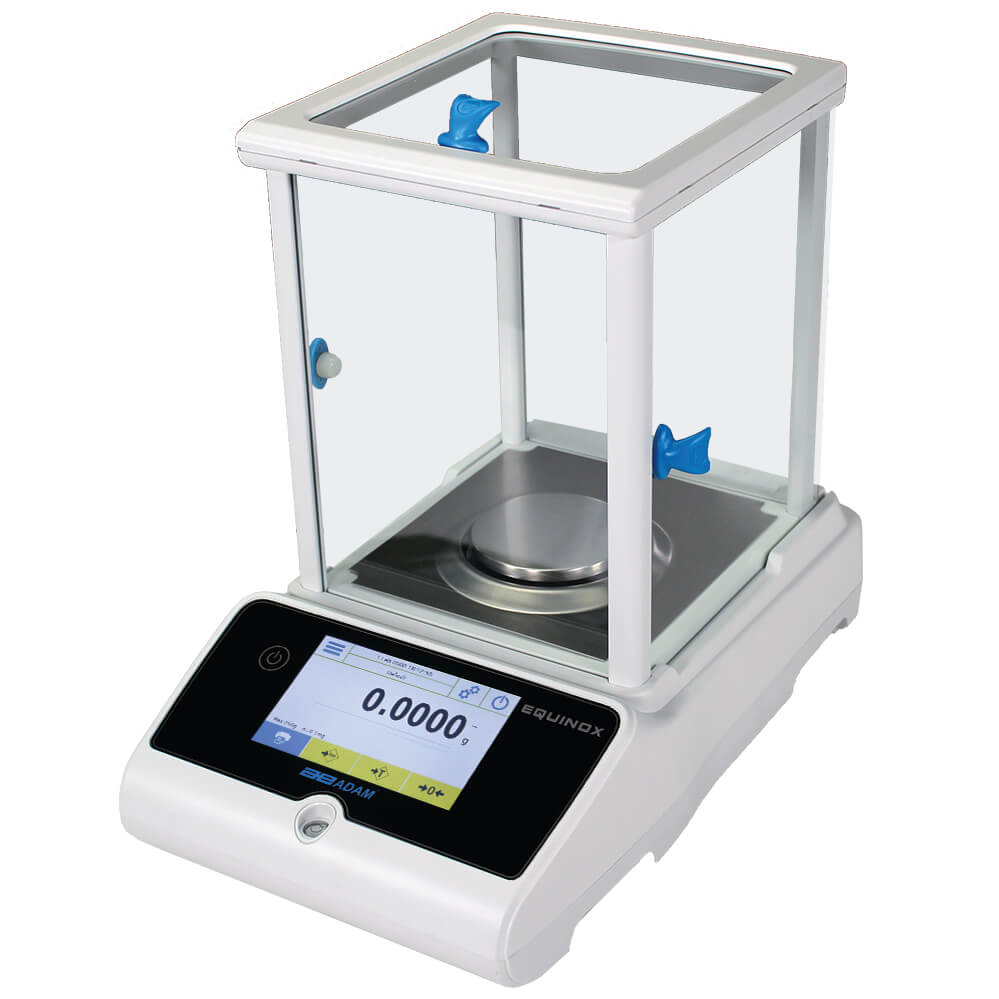
The Evolution of Weighing: High-Precision Balances Through the Ages

The quest for accurate measurement has been a fundamental aspect of scientific advancement throughout history. From ancient weighing methods using simple scales and counterweights to the sophisticated high-precision laboratory analytical balances of today, the evolution of weighing technology illustrates humanity’s relentless pursuit of precision. These instruments have become indispensable in various fields, including chemistry, biology, and pharmaceuticals, where even the slightest variation in weight can significantly impact experimental outcomes and product quality.
In recent years, manufacturers like W&J Instrument have embraced this evolution, producing a diverse range of electronic balances, moisture analyzers, viscometers, and other laboratory instruments designed to meet the rigorous demands of modern research and industry. The melding of technology with traditional weighing principles has led to remarkable advancements, allowing for enhanced precision, user-friendliness, and efficiency in laboratory settings. As we delve into the world of high-precision balances, we will explore their development, features, and the crucial role they play in today’s scientific landscape.
Historical Development of Weighing Instruments
The journey of weighing instruments began in ancient civilizations, where simple balance scales were the primary tools for measurement. These early devices, often made from wood and stone, relied on a beam and a fulcrum, allowing users to compare the weight of an object against known values. The use of balance scales can be traced back to ancient Egypt, where they played a crucial role in trade and commerce. This foundational concept laid the groundwork for the development of more sophisticated measuring devices.
As time progressed, advancements in materials and technology facilitated the creation of more precise weighing instruments. By the Middle Ages, innovations such as the spring balance emerged, utilizing the principle of elasticity to offer a portable solution for weighing objects. This period also marked the introduction of standardized weights, which contributed to accuracy and consistency in measurements, essential for evolving trade practices. These improvements expanded the accessibility of weighing instruments to various sectors, including commerce and science.
The Industrial Revolution marked a significant turning point in the evolution of weighing instruments, leading to the development of high-precision laboratory balances. The introduction of electronic components in the 20th century revolutionized the field, allowing for unprecedented accuracy and ease of use. Modern analytical balances, which measure mass with extreme precision, have become essential in laboratories, facilitating advancements in research and quality control across multiple industries. Companies like W&J Instrument continue to innovate in this domain, producing cutting-edge electronic balances and other laboratory instruments that meet the growing demands of scientific inquiry.
Advancements in High-Precision Balances
High-precision balances have undergone significant advancements over the years, with technology playing a crucial role in enhancing their accuracy and reliability. Modern electronic balances now utilize advanced load cell technology, which allows for extremely sensitive measurements. This shift has enabled laboratories to achieve precision levels previously thought unattainable, making these balances essential tools in various scientific fields, including chemistry, biology, and material science.
In addition to improved measurement capabilities, the integration of digital technology has transformed how users interact with high-precision balances. Many contemporary models come equipped with user-friendly interfaces and software that facilitate data collection and analysis. Features such as touchscreens, Bluetooth connectivity, and data logging functions are now common, allowing users to operate the balances more efficiently while minimizing the risk of human error during weighing processes.
Moreover, companies like W&J Instrument have been instrumental in pushing the boundaries of balance design. Their commitment to innovation has resulted in the development of moisture analyzers and viscometers that complement high-precision balances. By offering a comprehensive range of laboratory instruments, W&J Instrument helps researchers and professionals achieve greater accuracy and consistency in their work, thus advancing scientific discovery across various domains.
Key Features of Modern Electronic Balances
Modern electronic balances have revolutionized the way measurements are taken in laboratories, offering higher precision and efficiency than ever before. One of the standout features of these balances is their digital display, which provides clear and immediate readouts of measurements. This eliminates the ambiguity associated with traditional mechanical balances and enables scientists to make quick, informed decisions based on accurate data. Moreover, many contemporary models come equipped with touchscreen interfaces, making them user-friendly and accessible to a broader range of users.
Another important aspect of high-precision electronic balances is their advanced weighing technology. Many balances incorporate electromagnetic or load cell systems that enhance measurement accuracy and stability. These mechanisms minimize the impact of external factors such as airflow, vibrations, and temperature fluctuations, ensuring that the readings remain consistent and reliable. Calibration technology is also integral, allowing users to maintain precision through regular self-calibration or automatic adjustments, which is crucial for maintaining the integrity of scientific experiments.
Manufacturers of Industrial Scales
Finally, connectivity features are becoming increasingly common in modern electronic balances. Many devices now offer Bluetooth or USB connectivity, enabling seamless integration with computers and laboratory management systems. This feature allows for easy data logging, analysis, and sharing of results, which enhances workflow efficiency. Additionally, certain balances can be equipped with software for statistical analysis and reporting, thereby streamlining the research process and making it easier for scientists to manage their data effectively.
W&J Instrument: Pioneering Weighing Solutions
W&J Instrument has established itself as a leader in the field of laboratory instrumentation, particularly in the realm of high-precision balances. With years of expertise, the company focuses on innovation and quality, providing scientists and researchers with instruments that meet the highest standards of accuracy and reliability. Their commitment to advancing weighing technologies ensures that customers receive state-of-the-art equipment tailored to their specific needs.
The range of products offered by W&J Instrument includes electronic balances, which are meticulously designed to deliver exceptional measurement precision. These balances are equipped with cutting-edge technology that enhances performance and user experience. By incorporating features such as digital displays, enhanced stability, and user-friendly interfaces, W&J Instrument continues to set the standard for laboratory weighing solutions, allowing professionals to perform their work with confidence.
In addition to electronic balances, W&J Instrument also offers moisture analyzers and viscometers, expanding their portfolio to serve diverse laboratory applications. Each instrument is crafted with an emphasis on accuracy and durability, ensuring reliability in any setting. As W&J Instrument continues to evolve, the company’s dedication to providing innovative weighing solutions remains unwavering, positioning them as a trusted partner in the scientific community.



